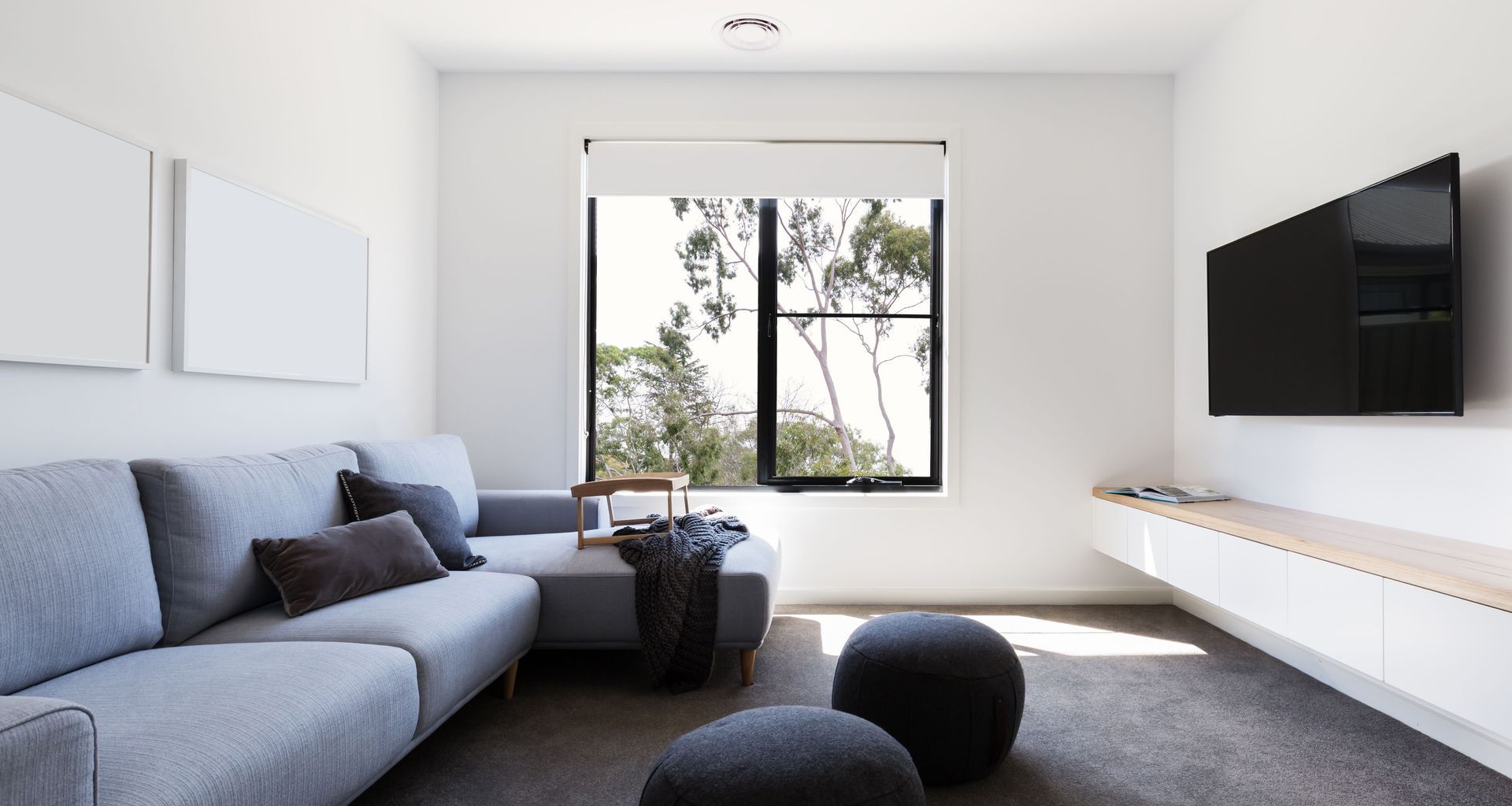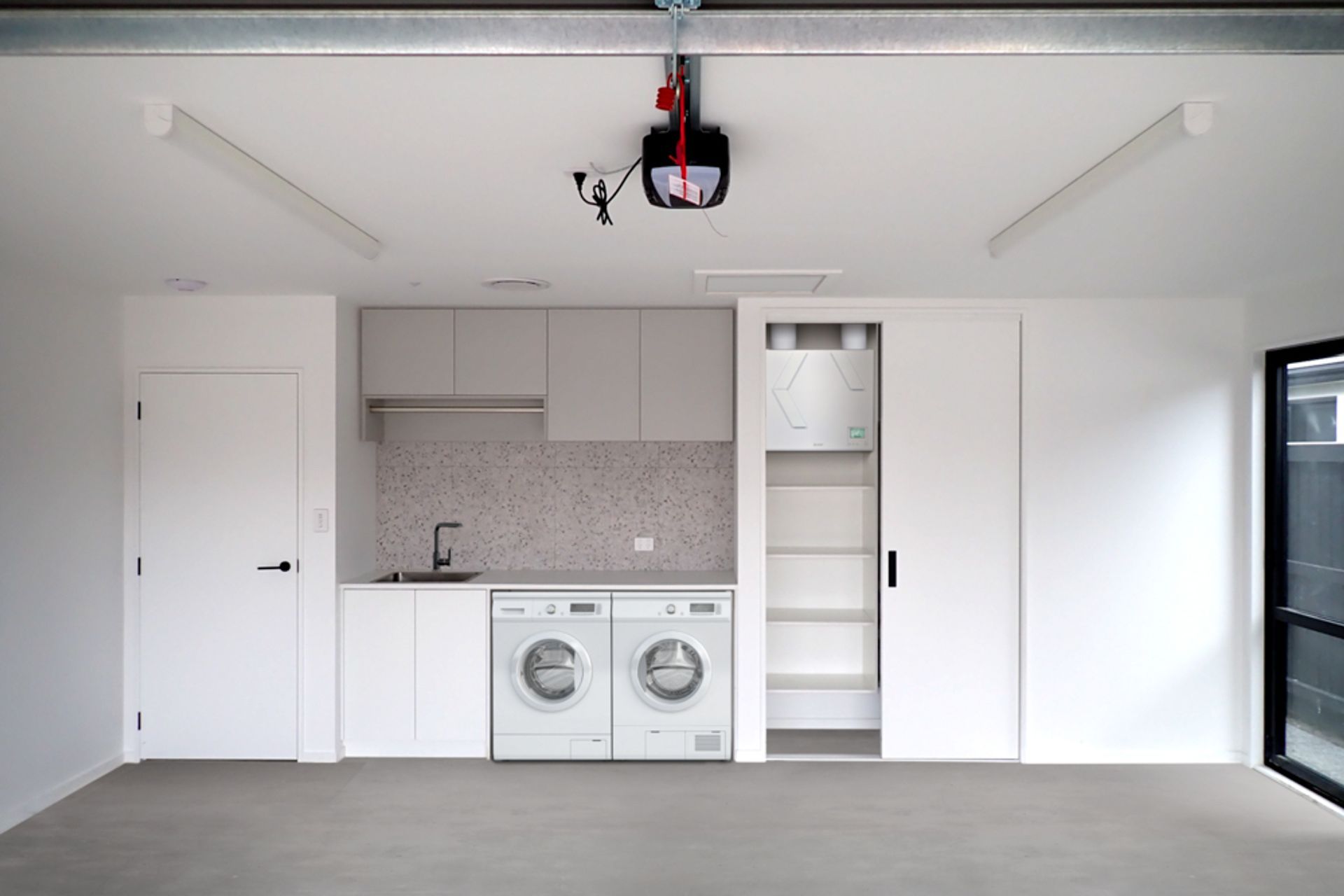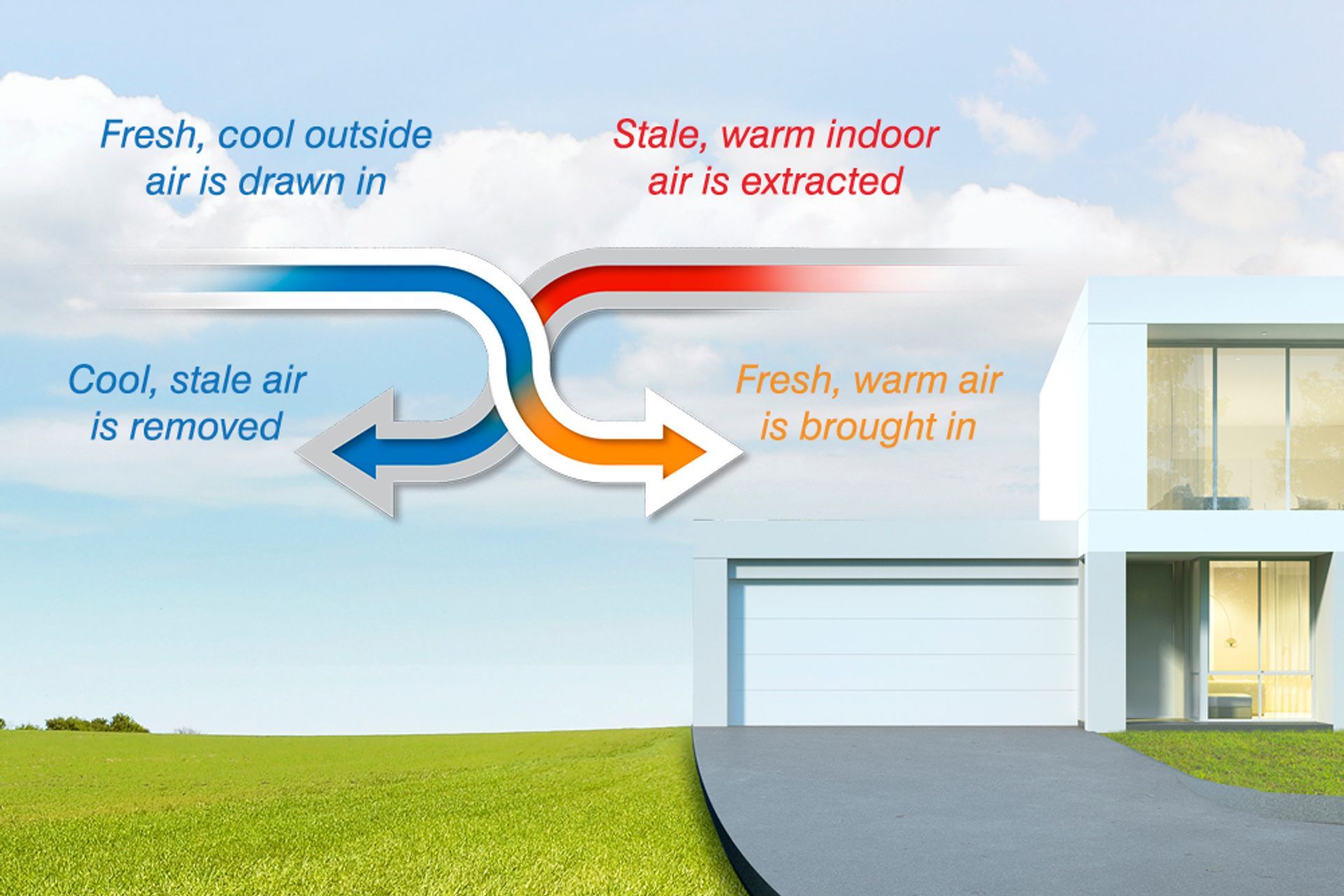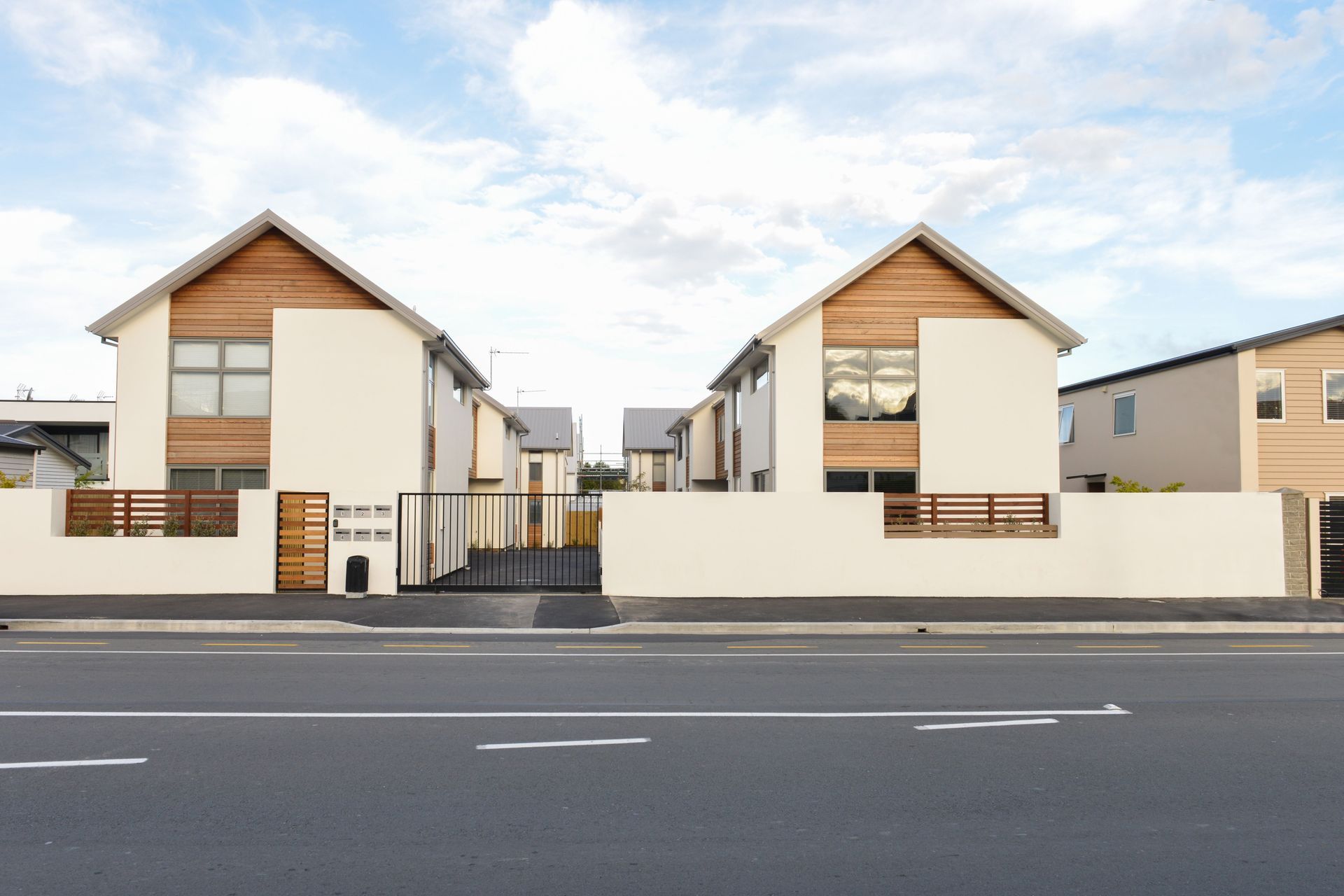A ventilation solution for homes that offers more than clean, fresh air
Written by
13 April 2022
•
5 min read

The importance of good quality air has never been more important than it is today. The pandemic has proven to us just how crucial it is for our health to have fresh, well-ventilated air circulating through the indoor areas where we congregate.
Subsequently our home, as the place that many of us have spent the majority of our time in the last two years, is the logical first step to take to improve our air quality.
Home ventilation and air heat recovery systems have been the solution to this issue for decades — but traditionally, such products had a simple but gaping flaw: parts of the system need to be installed in the roof space.
Aside from the logistical problems associated with reaching and accessing the attic, such installations can also compromise the architectural value and often integrity of the home — and for high-end residences, this is a non-starter.
Consequently, the demand for slimline, vertical upright home ventilation systems with small footprints have skyrocketed — and Mitsubishi Electric’s Vertical Lossnay Fresh Air Heat Recovery Ventilation System offers the perfect solution.

More than fresh air
Not only does its small form factor play a huge role in its desirability — Vertical Lossnay units can be installed in a garage or a laundry — it also offers a pioneering heat recovery solution.
Blair Mills, Mitsubishi Electric’s National Sales Manager, explains how the product works: “Where traditional systems focus on bringing air in and dumping it straight into the room, the patented Lossnay system means you get heat transfer as well as fresh air.”
When the Lossnay unit detects a space is hotter than desired using its onboard temperature sensors, it enters a bypass mode — and cooler, fresher air from outside is introduced. As a result, free cooling is provided to the home. This is ideal for cooling down a dwelling that may have overheated during the day once the outside temperature has dropped in the evening.
The true beauty of the system, though, is the heat recovery aspect. The hot, stale air is not just removed from the room — the heat from this air is also used to ‘recover’ useful heat energy. Air from outside is then introduced to provide fresh air. It is first filtered, then passed through the Lossnay Core. This allows it to be pre-heated in winter (or pre-cooled in summer) using the energy recovered from the outgoing stale air.
“Using heat energy that’s already been paid for by the outgoing air, a home with an inside temperature of 20°C and an outside temperature of 0°C can use this heat transfer energy to warm the incoming air to 16°C — meaning manual warming only needs to account for a 4°C increase,” says Blair.
“With traditional systems, you’d need to use extra energy to heat incoming air from 0°C to 20°C — which costs a lot more.”

No need to open windows - managing moisture, noise and security in one
He stresses that the Lossnay is not a replacement for a heat pump, but its heat transfer process vastly reduces the work needed to be done by heat pumps.
“A good air ventilation system addresses the issue of moisture in the home,” says Blair, “and more moisture means more energy used to heat the space. So with a system like the Lossnay, you’ve got moisture removal and heat transfer, both of which lessen the workload of a heat pump.”
The Lossnay Fresh Air Heat Recovery Ventilation System also addresses the commonly held idea that opening up windows and doors is a catch-all solution for moisture management and removal in the home.
In the summer, this can often work — but in the colder months, opening windows and doors obviously introduces cold air, which in turn increases energy consumption from heating units.
There’s also the issue of security and noise when opening doors and windows, says Blair.
“If you’re not at home but you’re wanting to make sure your home is healthy and free of moisture, you’d have no choice but to keep them open — which is not great for peace of mind, security-wise,” he says.
For those in high density apartment blocks, where opened windows can often mean higher decibels and lost sleep, this is also an issue.
“With noise reduction, increased security and heat recovery counting as strong benefits, the Lossnay system has some serious advantages for many homeowners.”

And for the many of us who spend as much as 80% of our time indoors, with moisture from laundry, cooking and respiration to worry about, as well as security, noise levels, air quality and heating — the Lossnay Fresh Air Heat Recovery Ventilation is a great way to manage it all.
When ventilation isn’t possible, Mitsubishi Electric has alternative solutions on offer that improve indoor air quality and ensure a health home environment for occupants, such as the Advanced Plasma Quad Connect Air Filtration Accessory to add to a high wall heat pump, or the new ElitePure Air Purifier with a compact and portable design that offers next generation 4-step air filtration in any room.
Learn more about Mitsubishi Electric and its air ventilation solutions.